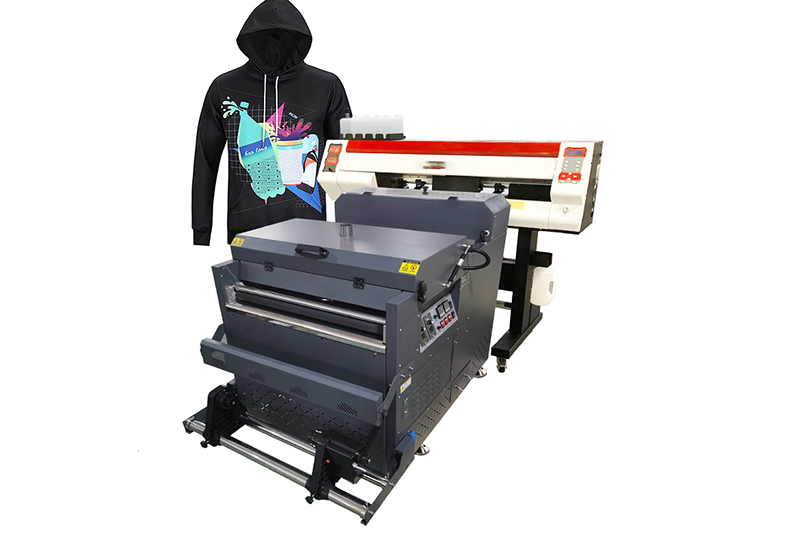Maximizing ink curing is crucial for ensuring the durability and longevity of DTF printer prints. Here are some techniques to help you optimize ink drying and curing:

1. Temperature and Humidity Control: Maintain a controlled environment for printing, including temperature and humidity. Ink drying and curing can be affected by these factors. Follow the manufacturer's recommendations for the optimal temperature and humidity range for your specific ink type.
2. Proper Ventilation: Ensure adequate ventilation in the printing area to promote air circulation and help with ink drying. Proper ventilation can also help remove any fumes or odors associated with the curing process.
3. Pre-Heating: Pre-heating the fabric or substrate before printing can help accelerate ink drying and curing. Use a heat press or a pre-heating device to warm up the fabric slightly before printing. This allows the ink to penetrate and adhere better, resulting in improved curing.
4. Heat Press or Conveyor Dryer: After printing, use a heat press or a conveyor dryer to apply heat and pressure to the printed substrate. This helps to activate and cure the ink. Follow the manufacturer's instructions for the recommended temperature and time settings for your specific ink type.
5. Post-Curing: Consider post-curing the prints to enhance their durability and longevity. After initial drying and curing, allow the prints to rest for a few hours or overnight. Then, subject them to additional heat for an extended period. This post-curing process further strengthens the ink bond and improves washability.
6. Testing and Quality Control: Regularly perform tests on printed samples to assess ink curing and drying. Use methods such as a wash test or rub test to check the durability and adhesion of the cured prints. Adjust the curing parameters, such as temperature and time, if needed, to achieve optimal results.
7. Ink Selection: Choose high-quality DTF printer inks that are formulated for durability and optimal curing. Consult with the ink manufacturer for recommendations on ink types that offer excellent adhesion, washability, and longevity.
8. Proper Handling and Care: Once the prints are cured, handle them with care to avoid unnecessary stress or damage. Follow the recommended washing and care instructions for the specific ink and fabric type to maintain the durability and longevity of the prints.
It's important to note that different ink types and printer models may have specific drying and curing requirements. Always refer to the ink and printer manufacturer's guidelines and recommendations for the best practices to maximize ink curing for your DTF printer.
kenteer has launched DTF printers for customers . If you have any needs, you can contact us for a quote.
